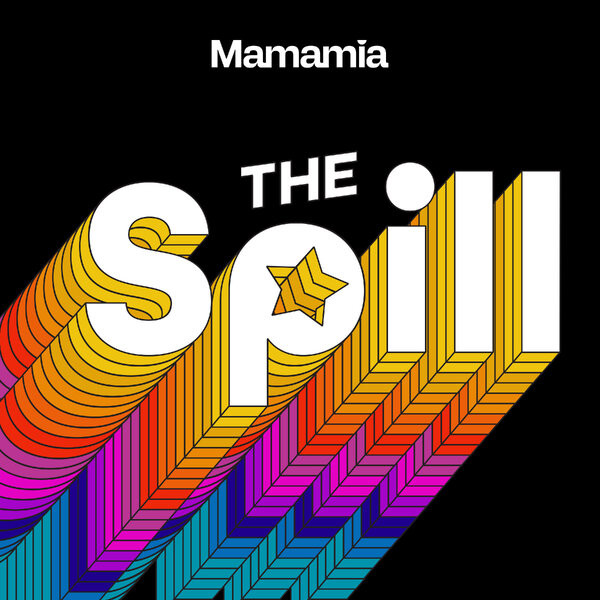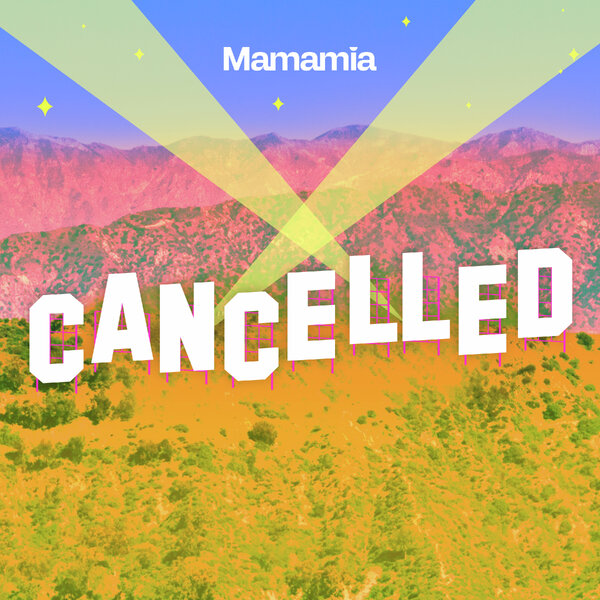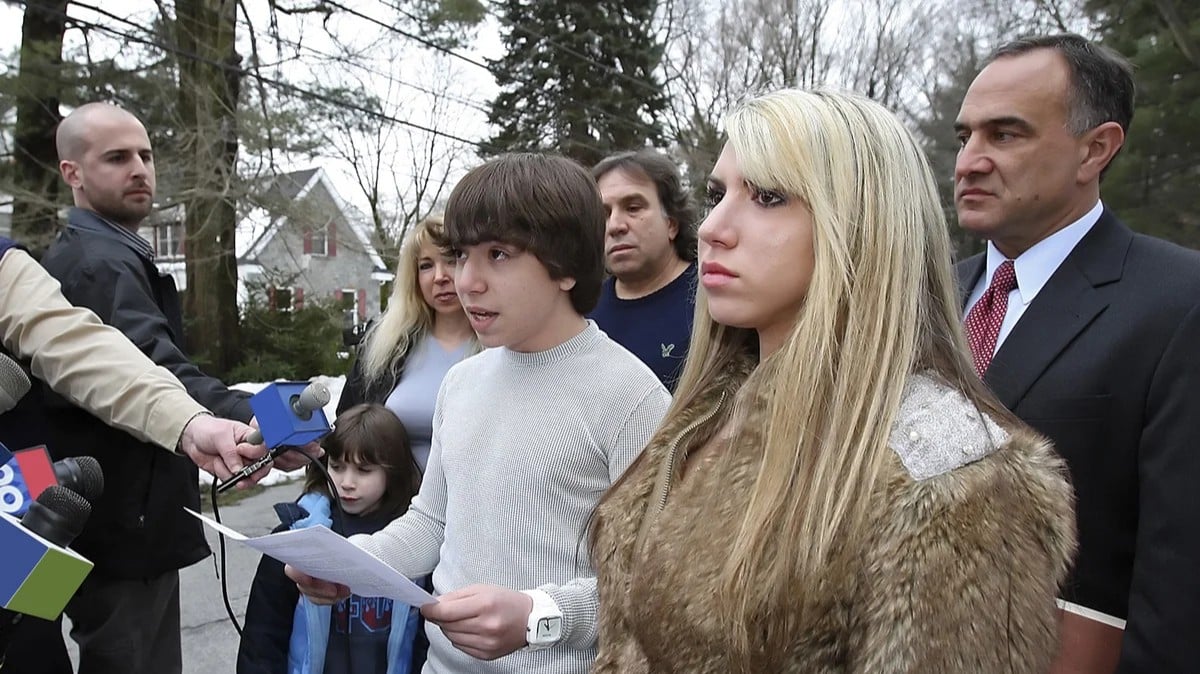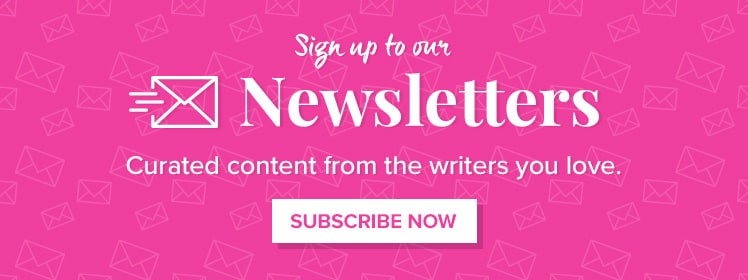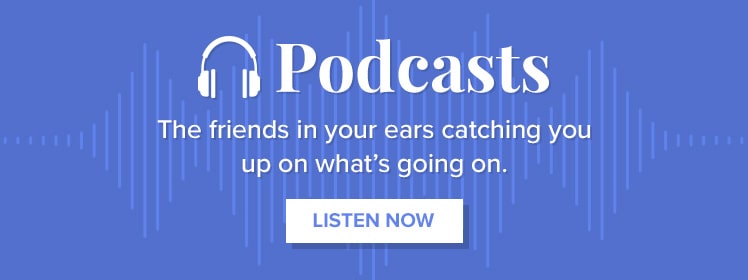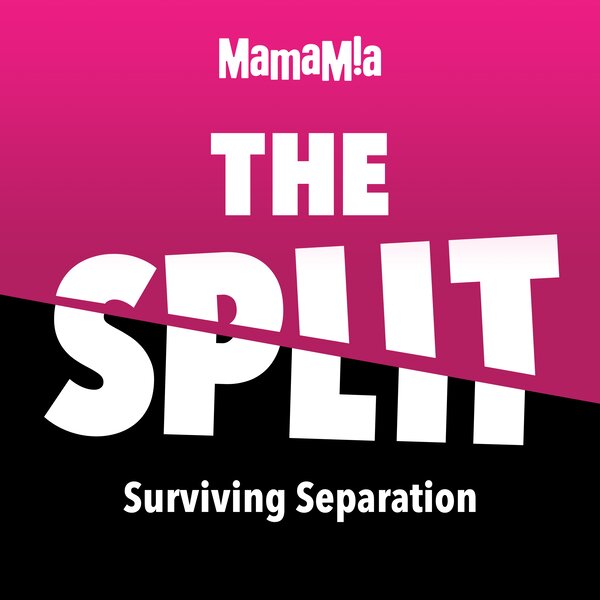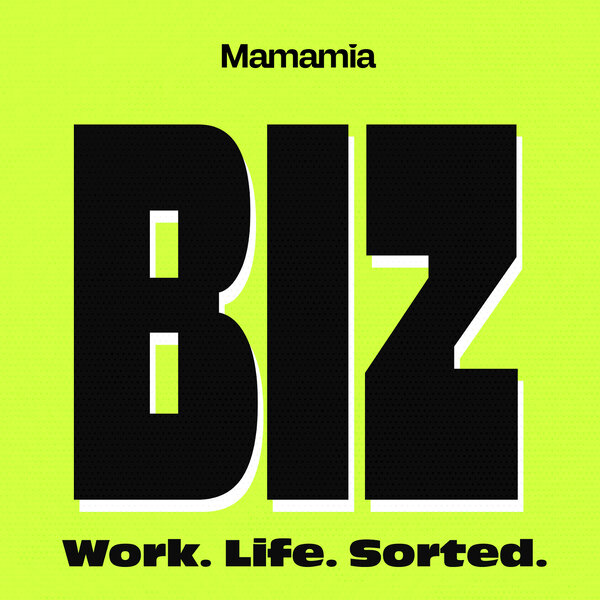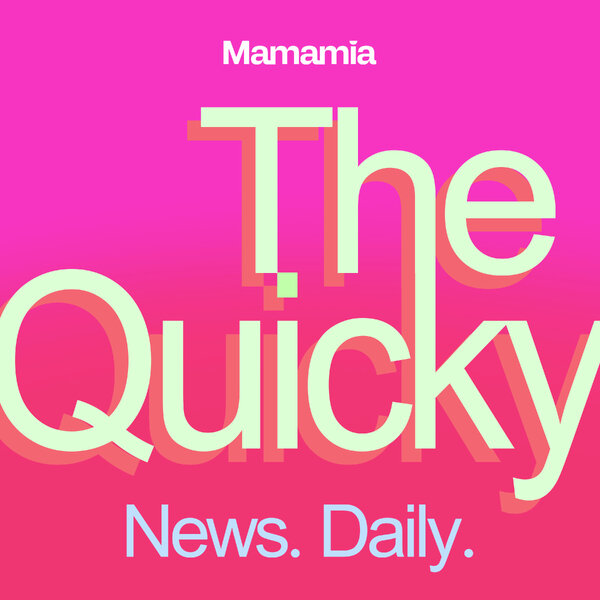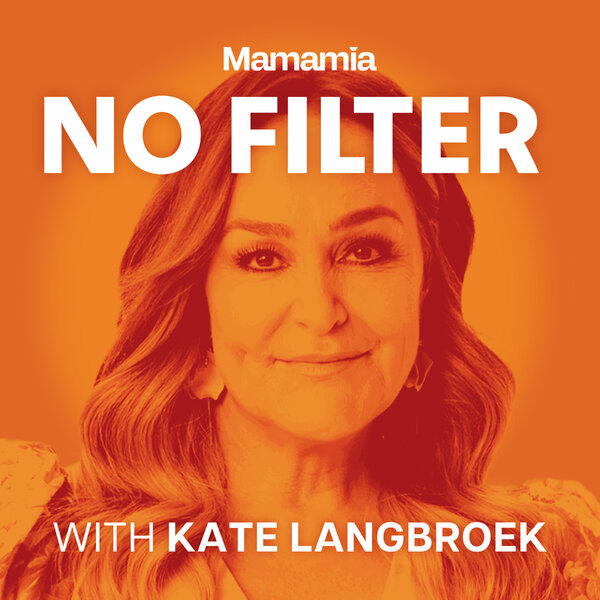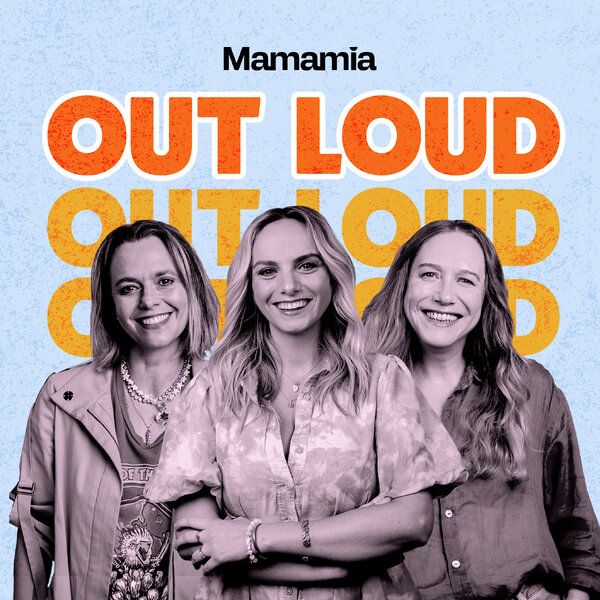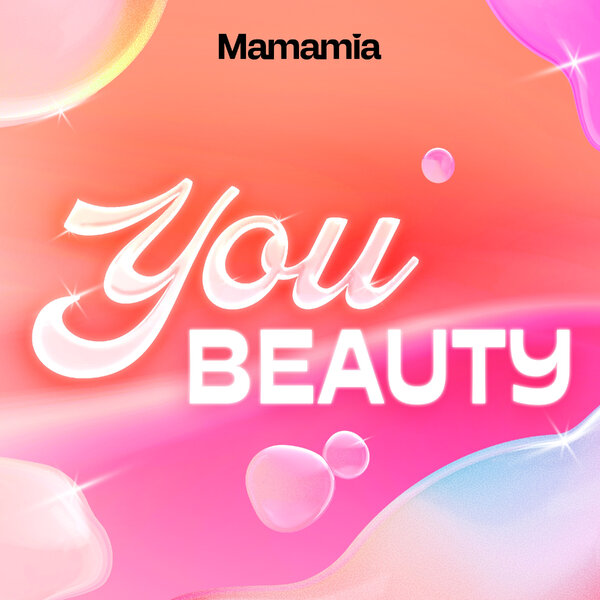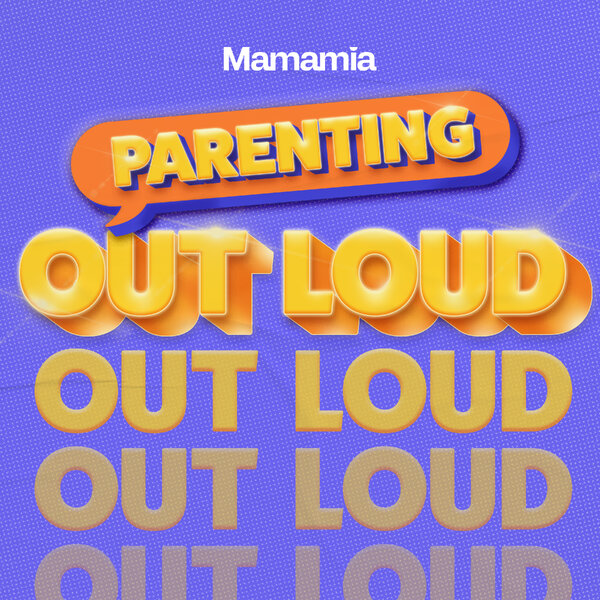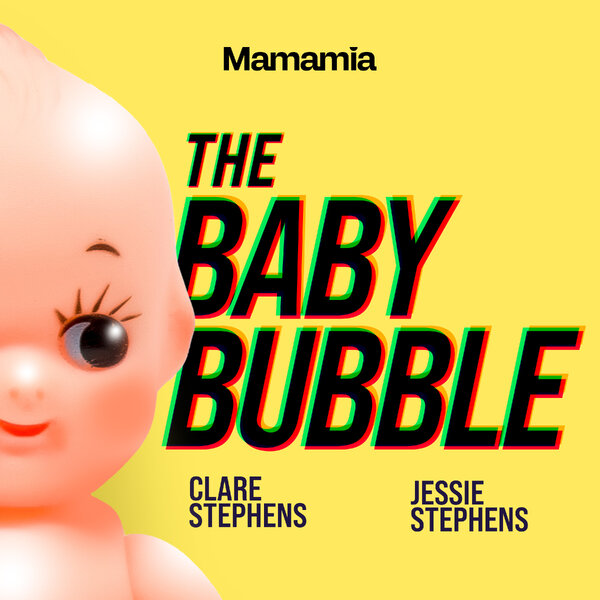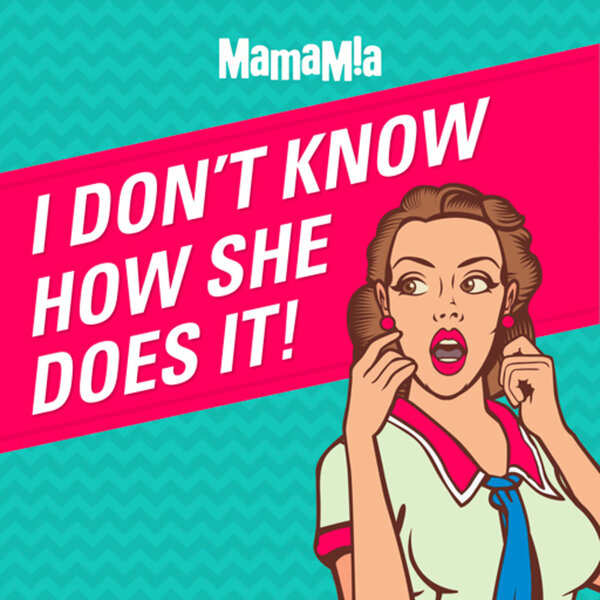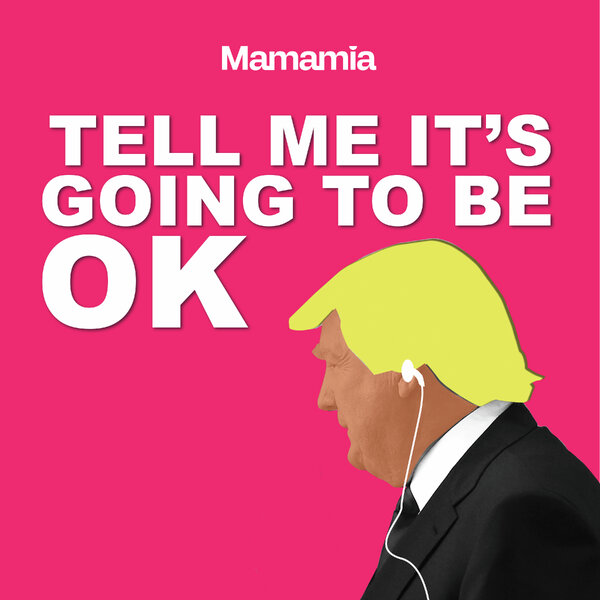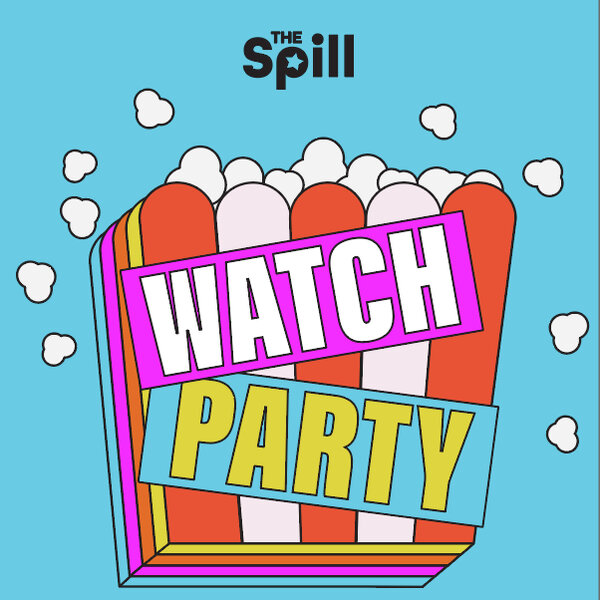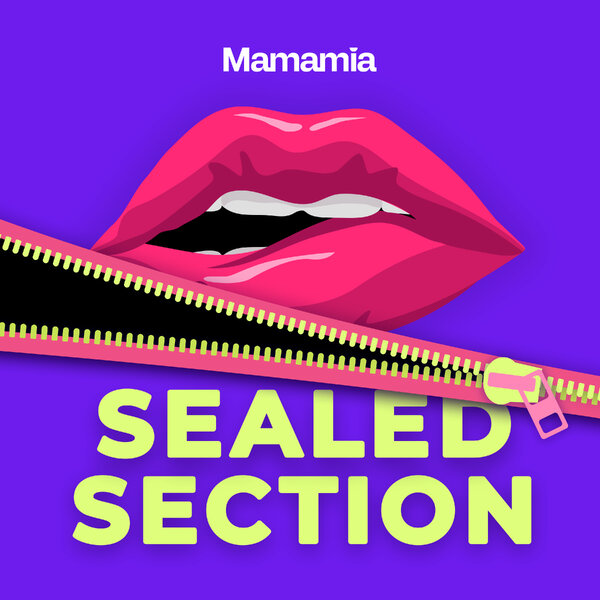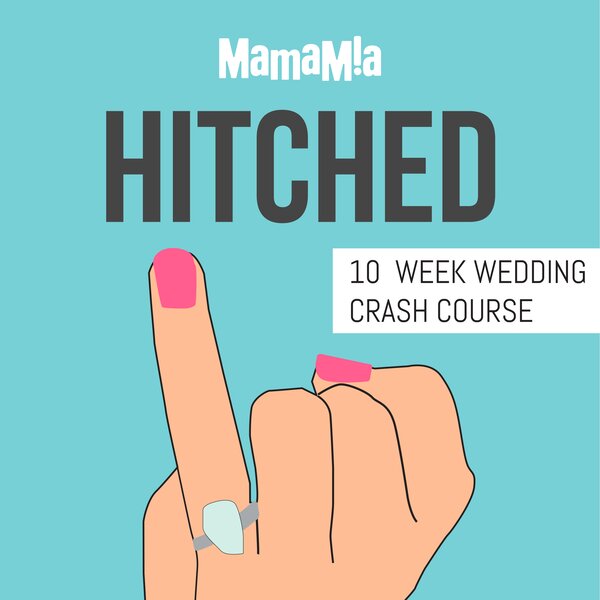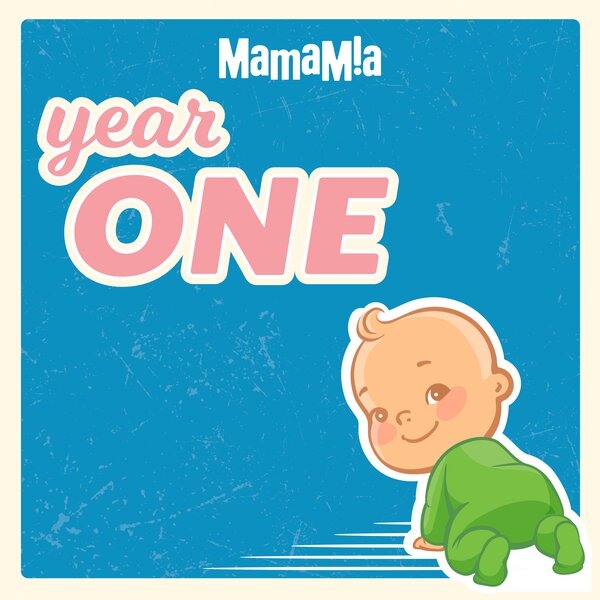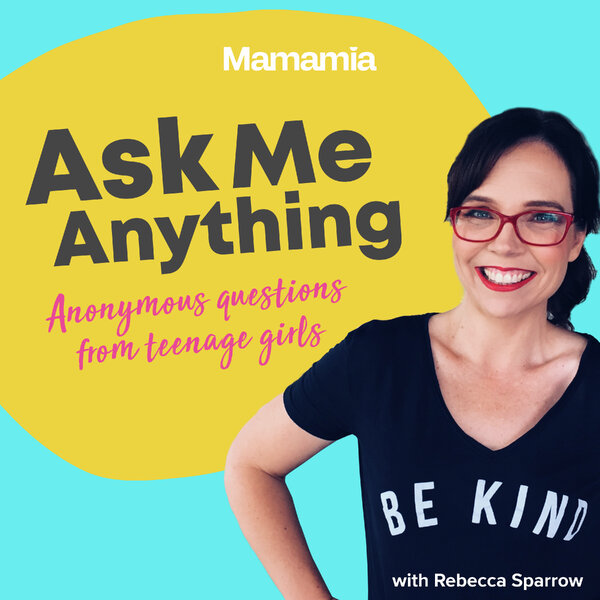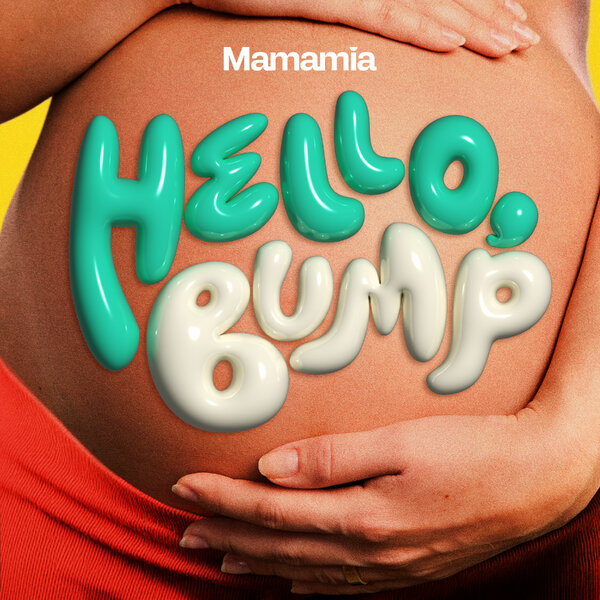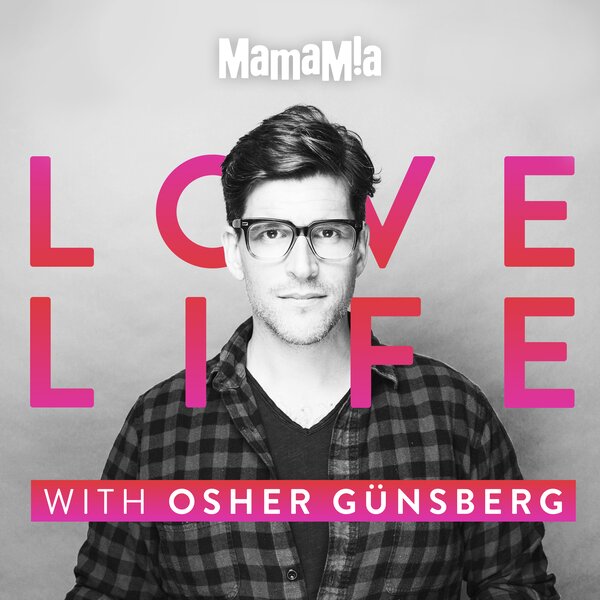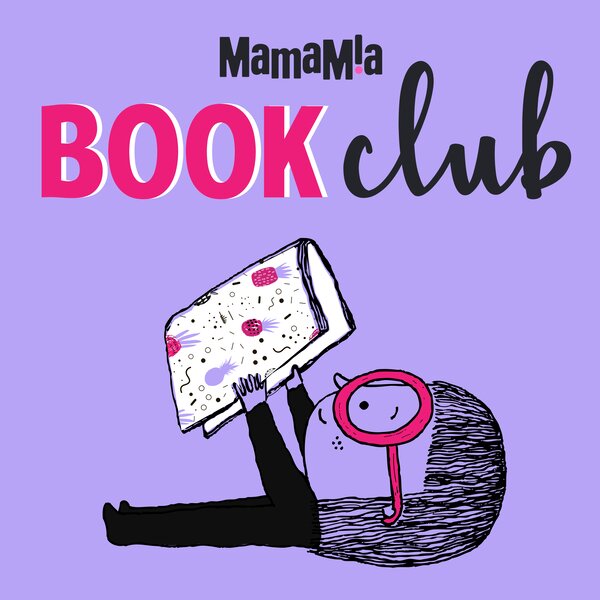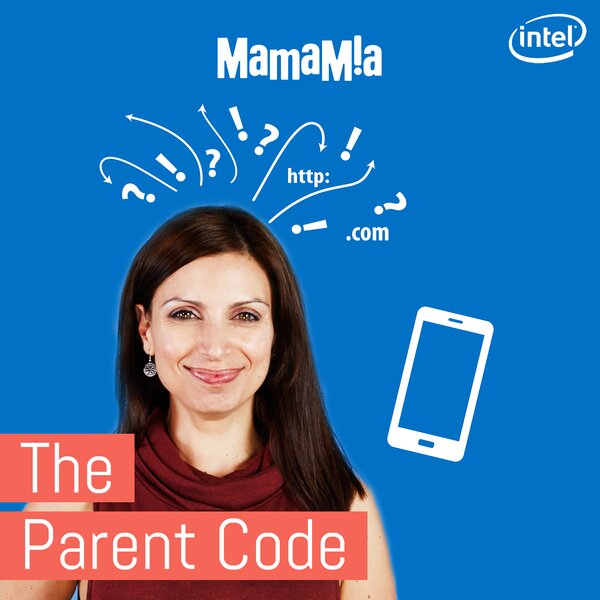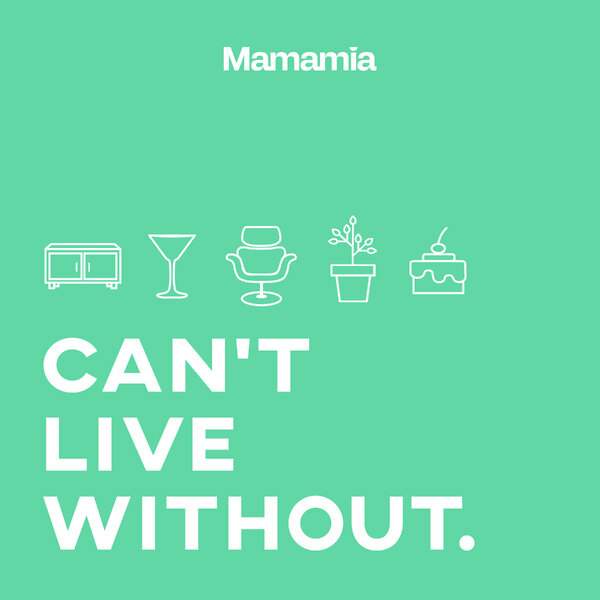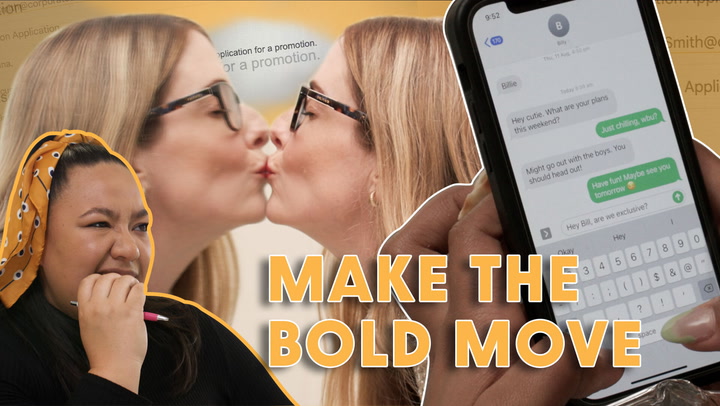
When 15-year-old Blake Robbins was called into the vice principal's office at his prestigious suburban Philadelphia high school in 2010, he had no idea he was about to become the face of a national privacy scandal.
The teenager found himself accused of drug dealing, with the evidence being a grainy webcam photo taken from his school-issued laptop. The real plot twist? The photo was taken while he was in his own bedroom.
"She held up a picture of Blake in his bedroom, holding up something in his hand. She accused him of selling drugs," Blake's mother, Holly Robbins in Prime Video's new four-part docuseries.
Watch the trailer for Spy High. Article continues after video.
The Lower Merion School District had equipped students with MacBooks to enhance their education. What students — and their parents — didn't know, however, was that school administrators had installed software that could remotely activate webcams without any indication to the user. Essentially, it functioned as a secret surveillance system that extended into students' homes.
The school present Blake with an image of him in his bedroom, holding a small yellow object they thought to be drugs. His family was outraged.
